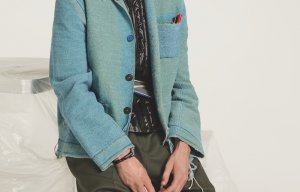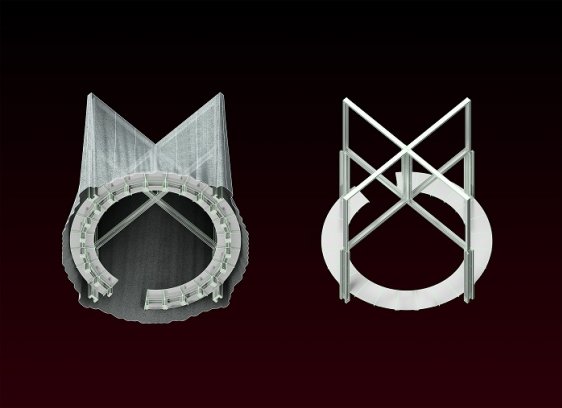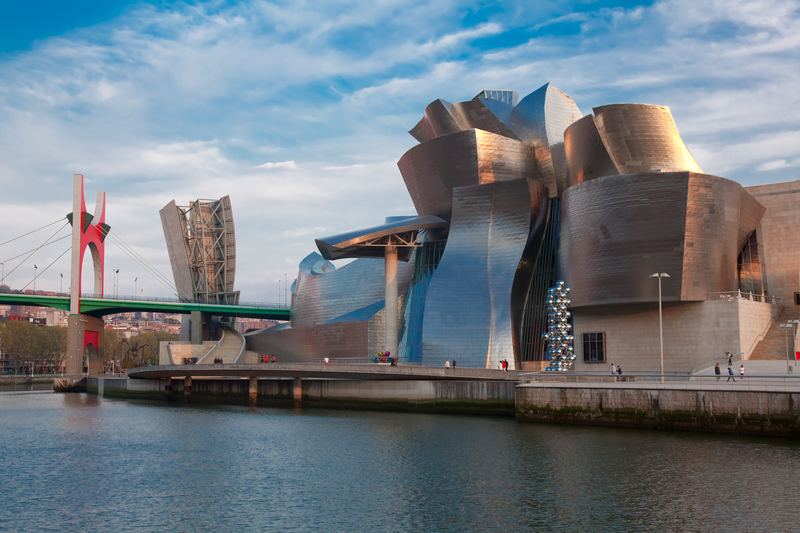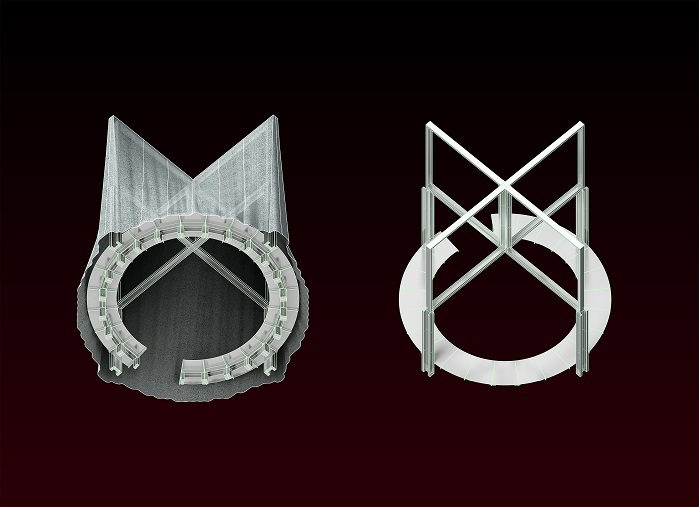
Stoll holds product innovation seminars at Pitti Filati
Leading flat knitting machine manufacturer Stoll has helped create and manufacture the textile element of A Tent Without A Signal, a digitally knitted tapestry with technical functionality

3rd January 2019
Knitting Industry
|
Reutlingen/Bilbao/New York, NY
Leading flat knitting machine manufacturer Stoll has helped create and manufacture the textile element of A Tent Without A Signal, a digitally knitted tapestry with technical functionality, as part of an exclusive collaboration with the Guggenheim Museum Bilbao and NYC based MOS Architects, for its exhibition Architecture Effects, which runs from 5 December 2018 to 28 April 2019.
The Guggenheim Museum Bilbao’s co-curators, Troy Conrad Therrien and Manuel Cirauqui, expressed that the exhibition’s purpose is to exemplify “the connections between art and architecture at the height of unique 21st century conditions”, by highlighting the impact technology has on a time of major digital transformations, social media, artificial intelligence, and climate change.

Faraday Cage
“Braided with metallic fibres, MOS’s tent doubles as so called a Faraday cage for the future, scrambling forthcoming 5G mobile signals,” says Therrien. A Faraday cage or Faraday shield is an enclosure used to block electromagnetic fields, which can be formed by a continuous covering of conductive material, or in the case of a Faraday cage, by a mesh of such materials. Faraday cages are named after the British scientist Michael Faraday, who invented them in 1836.
“It embodies a nomadic typology but denies its traditional formless slack in favor of a taught lofting between two archetypal symbols in plan — the cross and the circle — by means of a digitally flat-bed knitted futuristically fluorescent tapestry, completed in collaboration with ground-breaking textile technology maker, Stoll.”
A Tent Without A Signal, designed by MOS Architects, was uniquely made possible with Stoll machinery and knitting innovation due to the complexities and intricate details of piece, Stoll said. The artwork was made using Stoll’s CMS 530 HP E16 machine and consisted of twenty four 1m x 6m knitted panels. The five-coloured jacquard with mesh pointelle panels were knitted with high tech Filati Be.Mi.Va, Pinori Filati, and Statex yarns.
Knitelligence
“We are proud to collaborate with the Guggenheim Museum Bilbao for MOS’ project, A Tent Without A Signal. The Architecture Effects exhibition was a natural fit for us as our Knitelligence platform, and its various software solutions, continues to flourish in this Industry 4.0, digital age,” says Joerg Hartmann, Head of Fashion & Technology at Stoll. “There are so many capabilities of knitting that tend to go unnoticed, and we are very excited that the community can be witness to Stoll’s impact within the architecture industry.”

A case study of MOS’ A Tent Without A Signal and Stoll’s contribution will become available to the public and the contemporary artists and architects exhibiting as a part of Guggenheim Museum Bilbao and Stoll’s technological collaboration.
Stoll
H. Stoll AG & Co. KG is an internationally operating manufacturer of flatbed knitting machines based in Reutlingen, Germany, founded in 1873, which has approximately 1000 employees worldwide. Stoll exports to more than 70 countries all over the world and offers integrated services through affiliated companies, sales and marketing centres and numerous agencies. The Stoll product portfolio comprises 3D knitting machines and patterning software which are used for the production of fabrics for fashion as well as for technical applications. With innovative technical developments and a modern production environment, Stoll enables a broad spectrum of knitting trends.
Guggenheim Museum Bilbao
When it opened in 1997, the Frank Gehry-designed Guggenheim Museum Bilbao, a spectacular structure made of titanium, glass, and limestone, was hailed as the most important building of its time. Located in the Basque city of Bilbao in northern Spain, the museum organizes temporary exhibitions as well as presentations from its Permanent Collection and other Guggenheim Collections.
MOS
MOS is a New York–based architecture studio, founded by principals Michael Meredith and Hilary Sample in 2007. An internationally recognized architecture practice, MOS was the recipient of the 2015 Cooper Hewitt, Smithsonian Design Museum National Design Award in Architecture and the 2010 American Academy of Arts and Letters Architecture Award.

Business intelligence for the fibre, textiles and apparel industries: technologies, innovations, markets, investments, trade policy, sourcing, strategy...
Find out more